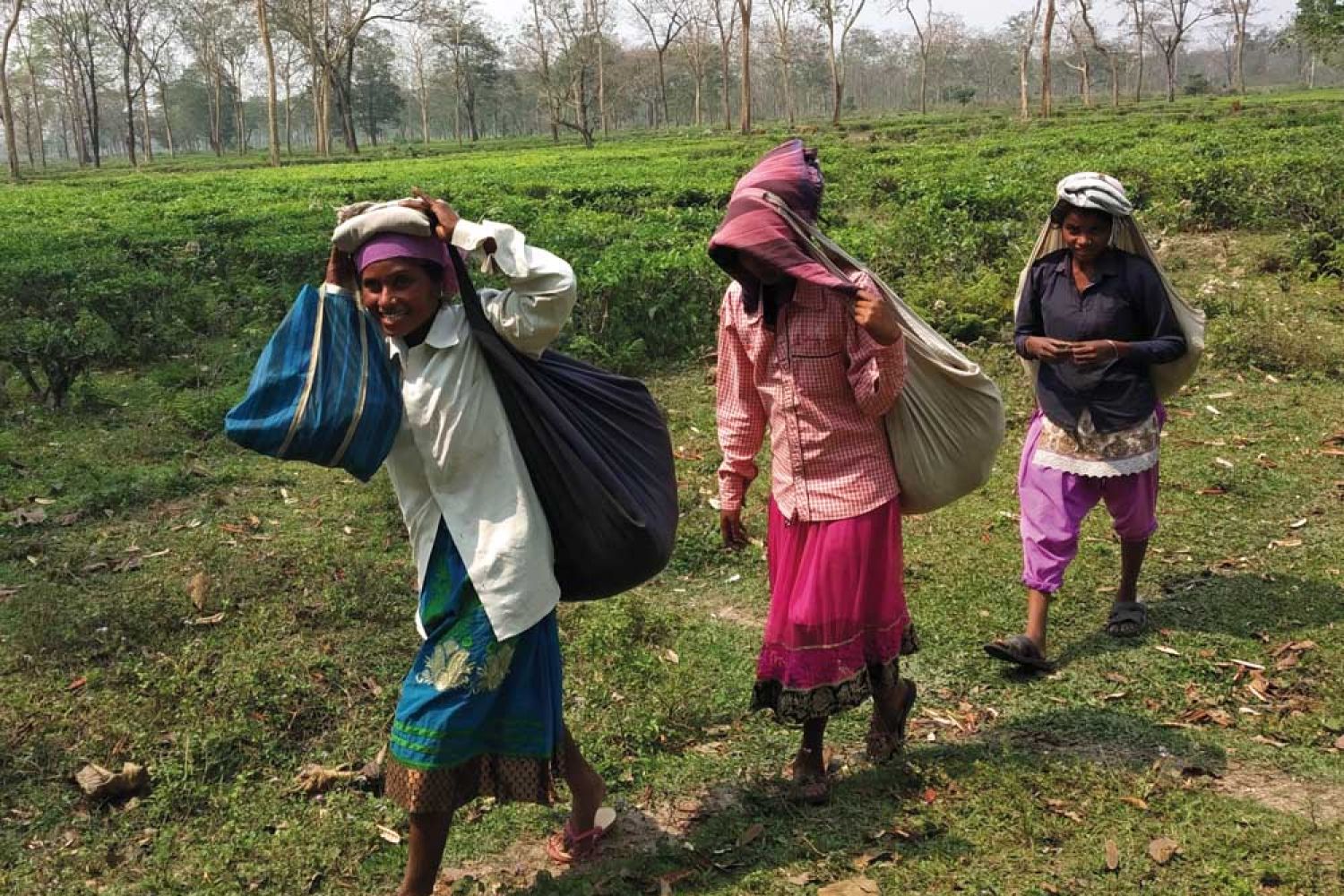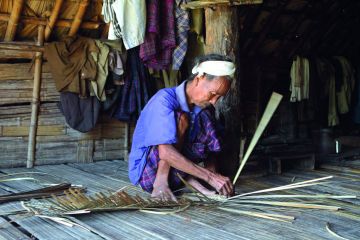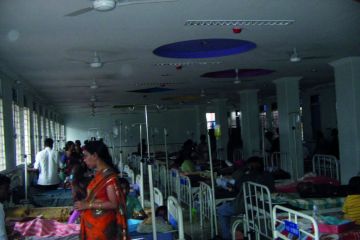
A group of men huddles
by the side of the tea bushes in the shade at Dheklapara Tea Estate in the
Dooars. Close by in the sun, about 30 or so women work their famed “nimble
fingers” on the first-flush tea leaves, heads trying to balance the heavy loads
of pickings.
One of the men has
just tossed up a green papaya salad on a Bengali broadsheet folded in half. The
unripe fruit is neatly peeled and diced, and dressed with coarsely-ground green
chilli and salt. Chilli-induced shhus and





